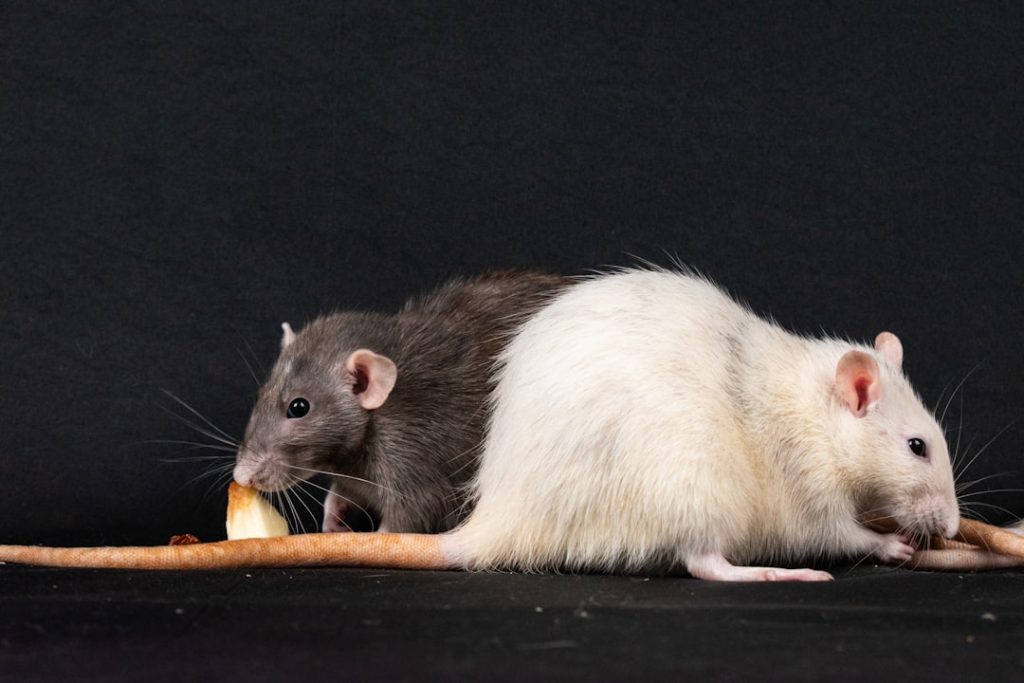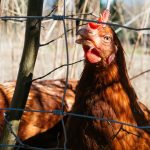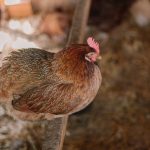Mice are small rodents known for their adaptability to various environments, including greenhouses. They are nocturnal creatures, most active during nighttime hours. Mice possess excellent climbing abilities, enabling them to access greenhouses through small openings or cracks.
Their omnivorous diet includes seeds, fruits, and insects. Mice are prolific breeders, with females capable of producing multiple litters annually. These rodents are notorious for their gnawing behavior, which can cause damage to wood, plastic, and electrical wiring.
This habit not only threatens the structural integrity of greenhouses but also increases fire risk due to damaged wiring. Mice’s ability to cause such damage, combined with their reproductive capabilities, makes them a significant concern for greenhouse operators. Understanding mouse behavior is essential for developing effective pest management strategies.
A comprehensive plan should address the specific vulnerabilities of the greenhouse structure and identify potential attractants for mice. By considering these factors, greenhouse managers can implement targeted measures to prevent and control mouse infestations, thereby protecting their crops and infrastructure.
Table of Contents
- 1 Securing the Greenhouse Structure
- 2 Implementing Pest-Proofing Measures
- 3 Proper Food Storage and Waste Management
- 4 Using Natural Deterrents
- 5 Regular Monitoring and Maintenance
- 6 Seeking Professional Help if Necessary
- 7 FAQs
- 7.1 What are the potential risks of having mice in a greenhouse with chickens?
- 7.2 What are some effective methods for keeping mice out of a greenhouse with chickens?
- 7.3 How can I identify if there are mice in my greenhouse with chickens?
- 7.4 Are there any natural deterrents that can help keep mice away from a greenhouse with chickens?
- 7.5 What are the potential health risks for chickens if they come into contact with mice or their droppings?
Key Takeaways
- Mice are nocturnal creatures that are attracted to food, water, and shelter, making greenhouses an ideal habitat for them.
- Securing the greenhouse structure by sealing any gaps, cracks, and openings can prevent mice from entering and nesting inside.
- Implementing pest-proofing measures such as using wire mesh, traps, and ultrasonic devices can help keep mice away from the greenhouse.
- Proper food storage and waste management, such as keeping food in airtight containers and removing any food waste, can deter mice from infesting the greenhouse.
- Using natural deterrents like peppermint oil, predator urine, and planting mint and lavender around the greenhouse can help repel mice.
- Regular monitoring and maintenance of the greenhouse, including checking for signs of mice and keeping the area clean, can prevent infestations.
- Seeking professional help from pest control experts may be necessary if the mouse infestation in the greenhouse is severe and difficult to manage.
Securing the Greenhouse Structure
Inspect and Seal the Perimeter
Securing the greenhouse structure is essential in preventing mice from gaining access to the interior. Start by inspecting the perimeter of the greenhouse for any gaps, cracks, or openings that mice could use to enter. Seal these openings with durable materials such as steel wool, hardware cloth, or caulk to prevent mice from squeezing through.
Eliminate Entry Points
Pay close attention to areas where utility lines enter the greenhouse, as these are common entry points for rodents. Additionally, ensure that all doors and windows are fitted with tight-fitting screens to prevent mice from entering.
Remove Clutter and Potential Nesting Sites
It is also important to inspect the interior of the greenhouse for any potential nesting sites or hiding spots for mice. Remove clutter, such as piles of debris or unused equipment, that could provide shelter for rodents. Store all items off the ground and away from walls to minimize potential hiding spots for mice.
By securing the greenhouse structure and eliminating potential entry points and nesting sites, you can significantly reduce the risk of a mouse infestation.
Implementing Pest-Proofing Measures
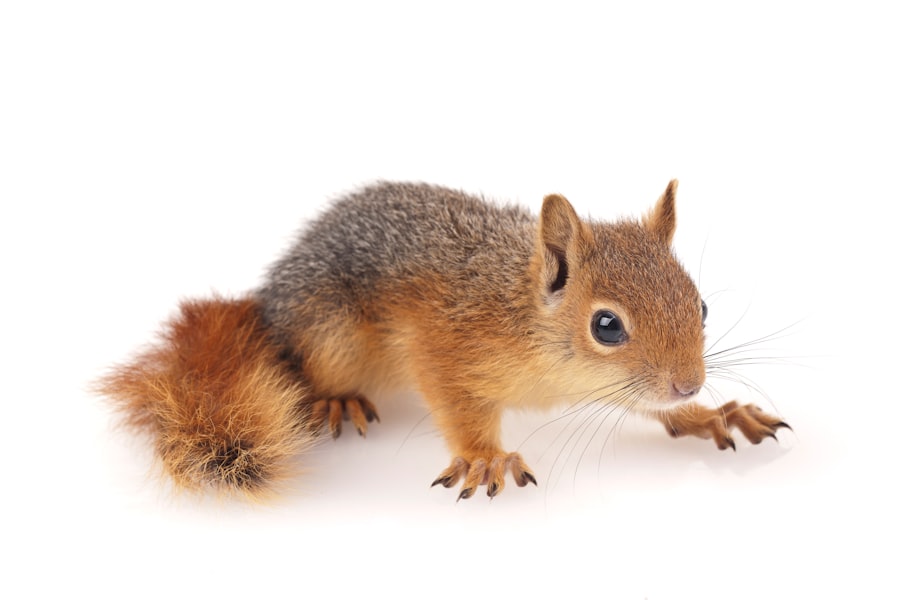
In addition to securing the structure, implementing pest-proofing measures can further deter mice from entering the greenhouse. One effective method is to install door sweeps on all exterior doors to create a tight seal that prevents mice from squeezing through gaps at the bottom of the door. Additionally, consider installing metal flashing around the base of the greenhouse to create a barrier that mice cannot easily climb over.
Another important pest-proofing measure is to keep the surrounding area free of debris and overgrown vegetation. Mice are attracted to areas with ample hiding spots and food sources, so maintaining a clean and well-maintained exterior can help deter them from approaching the greenhouse. Regularly mow the grass, trim bushes, and remove any piles of wood or debris that could serve as potential nesting sites for mice.
Implementing pest-proofing measures such as installing door sweeps and metal flashing can further deter mice from entering the greenhouse. Door sweeps create a tight seal that prevents mice from squeezing through gaps at the bottom of the door, while metal flashing around the base of the greenhouse creates a barrier that mice cannot easily climb over. Keeping the surrounding area free of debris and overgrown vegetation is also important in deterring mice from approaching the greenhouse.
Regular maintenance such as mowing the grass, trimming bushes, and removing piles of wood or debris can help minimize potential hiding spots and food sources for mice.
Proper Food Storage and Waste Management
Proper food storage and waste management are essential in preventing mice from being attracted to the greenhouse. Store all food items in airtight containers made of durable materials such as glass or metal to prevent mice from accessing them. Avoid leaving pet food or birdseed out in the open, as these can also attract mice.
Additionally, implement a strict cleaning schedule to ensure that any spilled food or crumbs are promptly removed. Proper waste management is equally important in deterring mice. Keep all trash bins tightly sealed and away from the greenhouse to prevent them from becoming a food source for rodents.
Regularly remove any accumulated debris or organic matter from around the greenhouse, as these can attract pests and provide nesting material for mice. By implementing proper food storage and waste management practices, you can significantly reduce the likelihood of a mouse infestation in your greenhouse. Proper food storage and waste management are essential in preventing mice from being attracted to the greenhouse.
Store all food items in airtight containers made of durable materials such as glass or metal to prevent mice from accessing them. Avoid leaving pet food or birdseed out in the open, as these can also attract mice. Implement a strict cleaning schedule to ensure that any spilled food or crumbs are promptly removed.
Keep all trash bins tightly sealed and away from the greenhouse to prevent them from becoming a food source for rodents.
Using Natural Deterrents
In addition to physical barriers and proper sanitation practices, using natural deterrents can help repel mice from the greenhouse. One effective method is to plant aromatic herbs such as mint, lavender, or rosemary around the perimeter of the greenhouse. The strong scents emitted by these plants can help deter mice from approaching the area.
Additionally, consider using natural predators such as cats or owls to help control mouse populations around the greenhouse. Another natural deterrent is to use peppermint oil or other essential oils with strong scents that are known to repel mice. Soak cotton balls in the oil and place them strategically around the greenhouse to create a barrier that mice will avoid.
These natural deterrents can be used in conjunction with other pest management strategies to create an inhospitable environment for mice. Using natural deterrents such as aromatic herbs and essential oils can help repel mice from the greenhouse. Planting aromatic herbs around the perimeter can emit strong scents that deter mice from approaching the area, while using natural predators such as cats or owls can help control mouse populations around the greenhouse.
Soaking cotton balls in peppermint oil or other essential oils with strong scents and placing them strategically around the greenhouse can create a barrier that mice will avoid.
Regular Monitoring and Maintenance
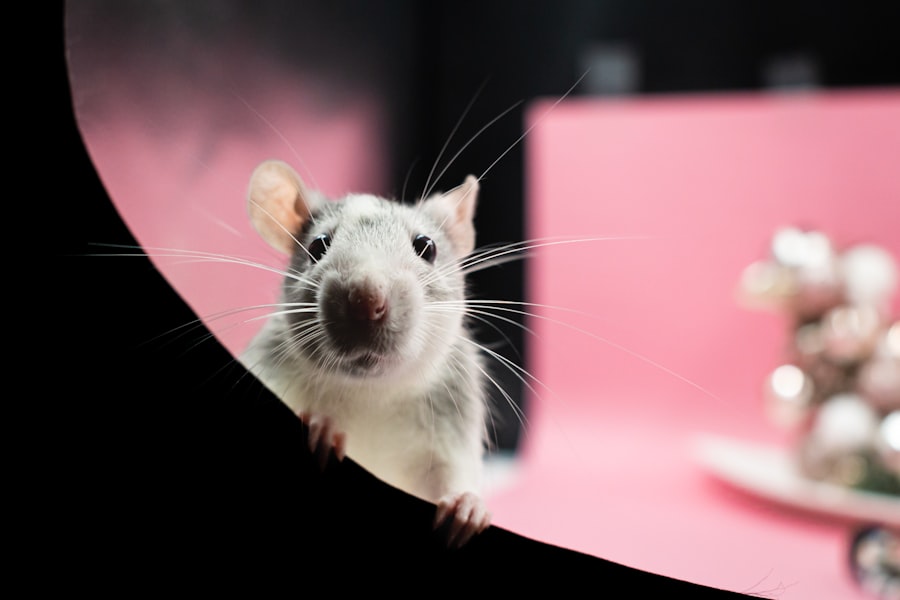
Regular Inspections
Inspect the interior and exterior of the greenhouse regularly for any signs of mouse activity, such as droppings, gnaw marks, or nesting materials. Address any potential entry points or nesting sites promptly to prevent infestations from taking hold.
Good Housekeeping Practices
In addition to regular inspections, it is important to maintain good housekeeping practices within the greenhouse. Keep all surfaces clean and free of spilled food or debris that could attract mice. Store all items off the ground and away from walls to minimize potential hiding spots for rodents.
Prevention is Key
By staying vigilant and addressing any potential issues promptly, you can effectively prevent mouse infestations from becoming a problem in your greenhouse. Regular monitoring and maintenance are essential in preventing and managing mouse infestations in greenhouses.
Seeking Professional Help if Necessary
If despite your best efforts, you find yourself dealing with a persistent mouse infestation in your greenhouse, it may be necessary to seek professional help. Pest control professionals have the knowledge and experience to effectively manage mouse infestations using safe and effective methods. They can conduct a thorough inspection of your greenhouse, identify any vulnerabilities or attractants for mice, and develop a comprehensive pest management plan tailored to your specific needs.
In addition to professional pest control services, consider reaching out to your local agricultural extension office for guidance on managing mouse infestations in greenhouses. They can provide valuable resources and information on best practices for pest management in agricultural settings. By seeking professional help when necessary, you can effectively address mouse infestations and prevent them from causing further damage to your greenhouse.
If despite your best efforts, you find yourself dealing with a persistent mouse infestation in your greenhouse, it may be necessary to seek professional help. Pest control professionals have the knowledge and experience to effectively manage mouse infestations using safe and effective methods tailored to your specific needs. Consider reaching out to your local agricultural extension office for guidance on managing mouse infestations in greenhouses as they can provide valuable resources and information on best practices for pest management in agricultural settings.
In conclusion, preventing and managing mouse infestations in greenhouses requires a comprehensive approach that addresses both structural vulnerabilities and attractants for rodents. Understanding the behavior of mice is crucial in developing an effective pest management plan tailored to their specific habits and tendencies. Securing the greenhouse structure, implementing pest-proofing measures, proper food storage and waste management, using natural deterrents, regular monitoring and maintenance, and seeking professional help when necessary are all important components of an integrated pest management strategy for greenhouses.
By implementing these strategies, you can effectively prevent mouse infestations from becoming a problem in your greenhouse and protect your crops from damage caused by these pesky rodents.
If you’re looking for more information on keeping chickens, you might be interested in this article on large chicken coop ideas. It provides helpful tips and suggestions for creating a comfortable and spacious living environment for your flock.
FAQs
What are the potential risks of having mice in a greenhouse with chickens?
Mice can pose several risks to chickens in a greenhouse, including spreading diseases, contaminating feed and water sources, and potentially preying on eggs or young chicks.
What are some effective methods for keeping mice out of a greenhouse with chickens?
Some effective methods for keeping mice out of a greenhouse with chickens include sealing any entry points, using traps or baits, keeping the area clean and free of food sources, and using natural deterrents such as peppermint oil or predator urine.
How can I identify if there are mice in my greenhouse with chickens?
Signs of mice in a greenhouse with chickens may include droppings, gnaw marks on feed containers or structures, nests made of shredded materials, and the presence of mice themselves, especially at night.
Are there any natural deterrents that can help keep mice away from a greenhouse with chickens?
Yes, natural deterrents such as peppermint oil, predator urine, or even certain plants like lavender or mint can help deter mice from entering a greenhouse with chickens.
What are the potential health risks for chickens if they come into contact with mice or their droppings?
Chickens can be at risk of contracting diseases such as salmonella or avian influenza if they come into contact with mice or their droppings. It’s important to keep the greenhouse clean and free of potential sources of contamination.
Meet Walter, the feathered-friend fanatic of Florida! Nestled in the sunshine state, Walter struts through life with his feathered companions, clucking his way to happiness. With a coop that’s fancier than a five-star hotel, he’s the Don Juan of the chicken world. When he’s not teaching his hens to do the cha-cha, you’ll find him in a heated debate with his prized rooster, Sir Clucks-a-Lot. Walter’s poultry passion is no yolk; he’s the sunny-side-up guy you never knew you needed in your flock of friends!

